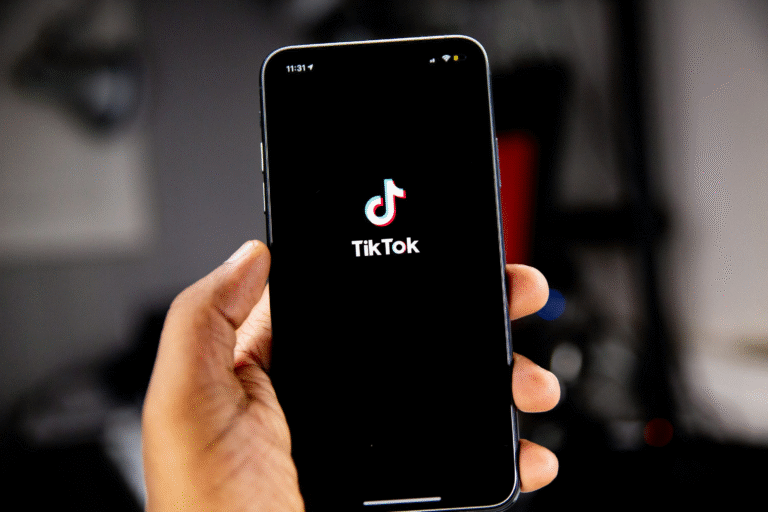The idea of holographic telepresence—where you can project a lifelike, 3D version of yourself into a room halfway across the world—has long been the stuff of science fiction. Think Princess Leia’s message to Obi-Wan Kenobi in Star Wars or Tony Stark’s holographic interfaces in Iron Man. But what was once pure fantasy is now inching closer to reality, thanks to the convergence of artificial intelligence (AI) and augmented reality (AR). This isn’t just about flashy tech demos or futuristic gadgets; it’s about fundamentally redefining how we connect, collaborate, and communicate in a globalized world.
The future of AI-integrated AR in holographic telepresence and virtual meetings isn’t just a technological evolution—it’s a cultural and professional shift. It’s about breaking down the barriers of physical distance and creating experiences that feel as real and meaningful as face-to-face interactions. And while we’re not quite at the Star Wars level yet, the groundwork is being laid, and the implications are profound.
Let’s be honest: virtual meetings, as they exist today, are far from perfect. Zoom fatigue is real. Staring at a grid of faces on a screen, dealing with awkward pauses, poor audio quality, and the constant “you’re on mute” reminders—it’s exhausting. And while these tools have been a lifeline during the pandemic, they’ve also highlighted the limitations of 2D video calls. They lack the nuance, spontaneity, and depth of in-person interactions. Also, we have VR right now and we can create our characters on Meta and there are various apps to attend meetings with them which is really cool but this is where AI-integrated AR comes in to enhance it even furthter. By combining the spatial awareness of AR with the intelligence of AI, we can create virtual meeting experiences that feel more natural, immersive, and engaging. Imagine walking into a room and seeing a life-sized, 3D hologram of your colleague sitting across the table from you. You can make eye contact, read their body language, and interact with them as if they were really there. That’s the promise of holographic telepresence.
At the heart of this transformation is AI’s ability to process and interpret vast amounts of data in real time. For holographic telepresence to work, the system needs to capture high-quality 3D images, transmit them seamlessly, and render them in a way that feels lifelike. This requires AI to handle everything from facial recognition and gesture tracking to spatial mapping and environmental adaptation.
For example, AI can analyze a person’s movements and expressions, then translate that data into a holographic representation that mirrors their actions in real time. It can also adjust for lighting, perspective, and even the acoustics of the room to make the experience as realistic as possible. Meanwhile, AR overlays the hologram into your physical environment, creating the illusion that the person is actually there.
This isn’t just about making meetings more immersive; it’s about making them more effective. Research shows that nonverbal cues—like body language, facial expressions, and eye contact—play a huge role in communication. By restoring these elements to virtual meetings, AI-integrated AR can help bridge the gap between remote and in-person interactions.
While the most obvious use case for holographic telepresence is virtual meetings, the potential applications go far beyond the boardroom. Here are a few examples:
1. Education and Training: Imagine a medical student being able to observe a surgery from thousands of miles away, with the surgeon’s hologram guiding them through each step. Or a teacher projecting themselves into a classroom halfway around the world, interacting with students as if they were physically present. AI-AR can make learning more interactive, personalized, and accessible.
2. Healthcare: Telemedicine has already transformed healthcare, but holographic telepresence could take it to the next level. Doctors could “visit” patients in their homes, examine them in 3D, and even collaborate with specialists in real time. This could be a game-changer for rural or underserved areas.
3. Design and Collaboration: Architects, engineers, and designers could use holographic telepresence to collaborate on 3D models in real time, regardless of where they’re located. Imagine a team of engineers standing around a holographic prototype, making adjustments and testing ideas as if they were in the same room.
4. Entertainment and Social Interaction: From virtual concerts to holographic family gatherings, AI-AR could revolutionize how we experience entertainment and connect with loved ones. Imagine attending a friend’s wedding as a hologram or watching a live performance where the artist appears to be standing right in front of you.
Of course, this technology isn’t without its challenges. For one, there’s the issue of bandwidth. Transmitting high-quality 3D holograms in real time requires a massive amount of data, and current networks aren’t always up to the task. 5G and beyond will play a critical role in making this feasible. There’s also the question of accessibility. Right now, the hardware required for holographic telepresence—like AR headsets and 3D cameras—is expensive and not widely available. As with any new technology, there’s a risk that it could exacerbate existing inequalities if it’s not made affordable and accessible. And then there’s the human factor. How do we ensure that these technologies enhance, rather than replace, genuine human connection? How do we prevent them from becoming just another tool for surveillance or manipulation? These are questions we’ll need to address as the technology evolves.
The future of AI-integrated AR in holographic telepresence isn’t just about better meetings or cooler gadgets. It’s about reimagining how we connect as a global society. In a world where physical distance is no longer a barrier, the possibilities are endless. We could see a new era of collaboration, creativity, and innovation, where ideas and expertise flow freely across borders. But perhaps the most exciting part is the way this technology blurs the line between the physical and digital worlds. It’s not about replacing reality; it’s about enhancing it. It’s about creating experiences that feel real, even when they’re not. And in doing so, it has the potential to bring us closer together—not just as colleagues or collaborators, but as human beings.












